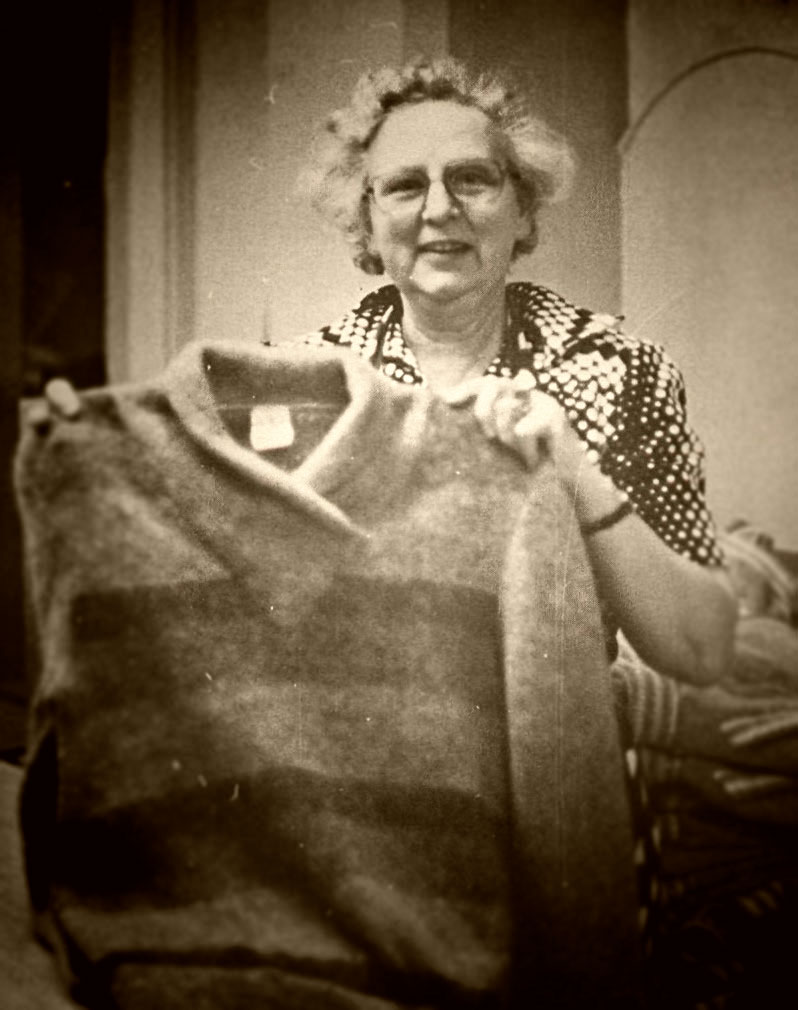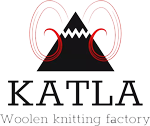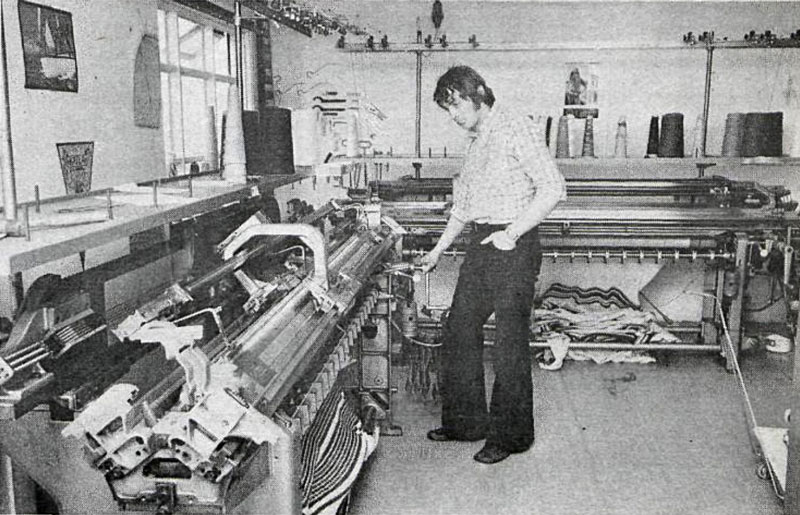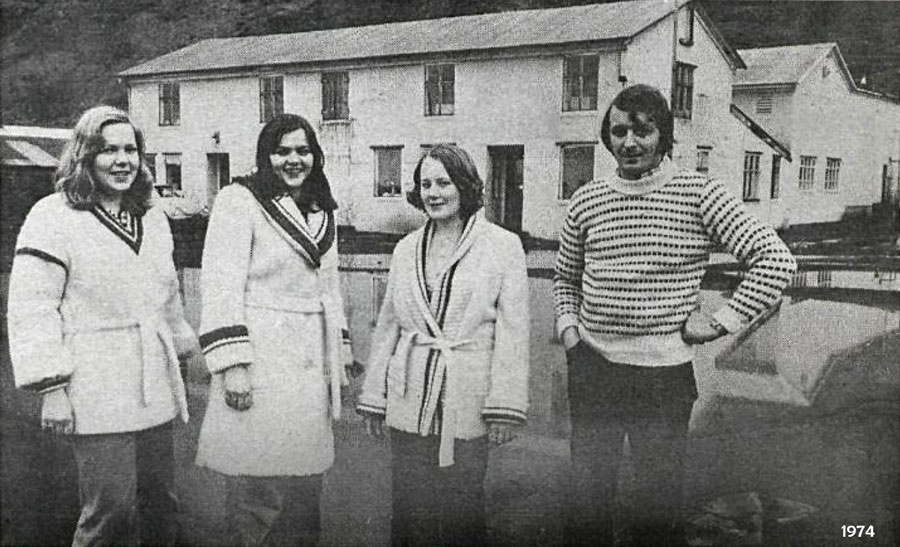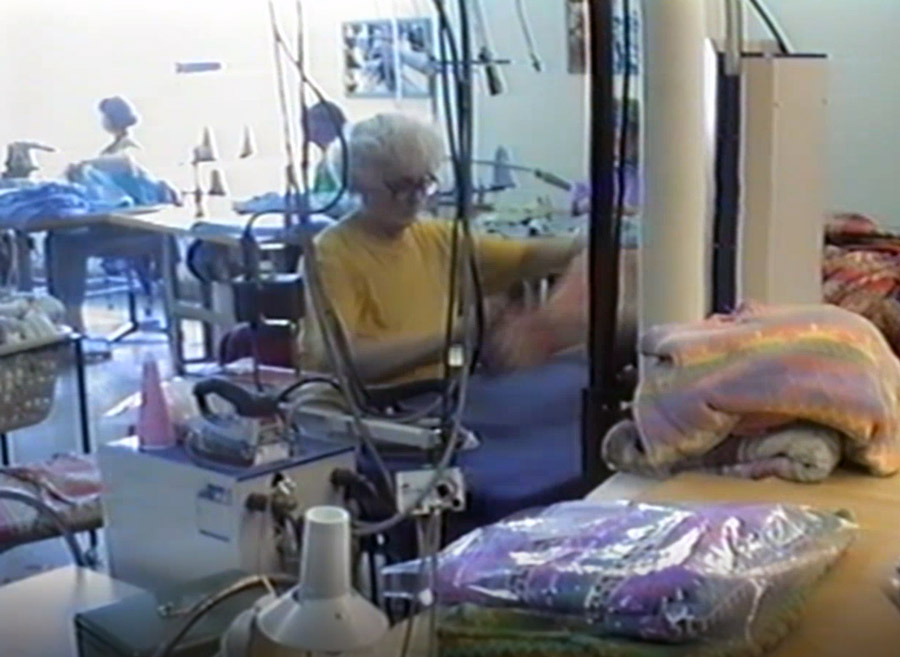The late 1960s and 1970s were a time when products made from Icelandic wool were very popular, including jumpers, coats, gloves, hats, and rugs and carpets. The most important markets were Europe and North America.
Demand for wool products continued to grow and Álafoss, as a major producer and exporter of Icelandic wool, entered into partnerships with several sewing and knitting factories in Iceland. These included Prjónastofan Katla from Vík.
